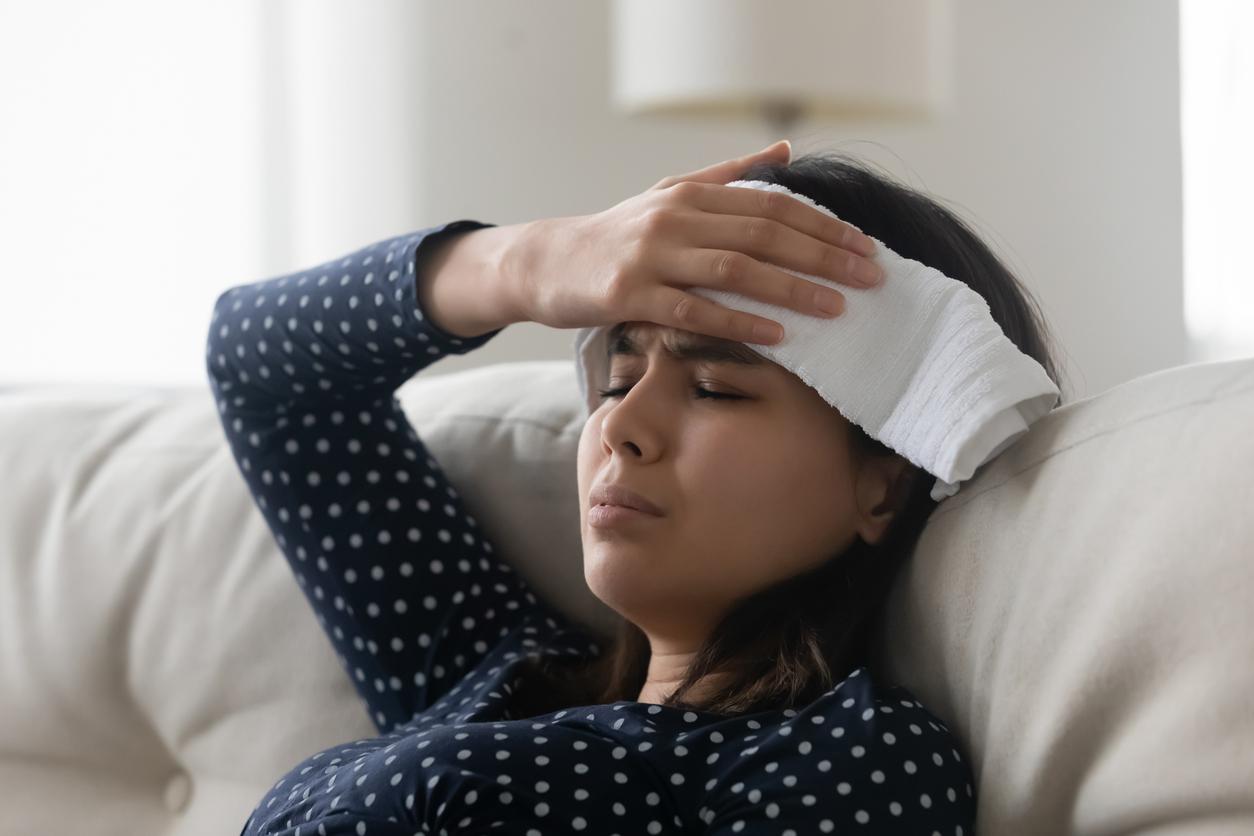September 5, 2001 – We already recognize in Tai Ji Quan (commonly called tai chi) several virtues: strengthen the muscles, promote relaxation, improve balance and flexibility. A little research still tells us that Tai Ji Quan could be of the most beneficial in relieving joint pain.
Sixteen people with chronic arthritis participated in the study, in which they were required to do one hour of Tai Ji Quan per week. The researchers found that those who took the course noticed a marked improvement in their condition and experienced much less pain than those who did not.
According to researcher Patricia Adler of the University of Cleveland, Tai Ji Quan activates blood circulation, which has the effect of improving the functioning of the joints. It also helps stabilize the structure of the joint and tone the soft tissues that support it, which is said to help reduce pain.
In other research on rheumatoid arthritis pain and stress, it was found that alternative approaches like Tai Ji Quan and meditation, combined with orthodox medical treatments, gave very good results: patients enjoyed better quality of life and felt better in the long run.1
Tai Ji Quan has also been the subject of very little research for the relief of symptoms of ankylosing spondylitis. After 15 years of medical treatment with rather limited effects, the author of the study, himself suffering from andylosing spondylitis (moderately severe), took up Tai Ji Quan. After two and a half years of daily practice, the results were convincing: he found himself stronger and in better shape than before. In addition, he noticed that if he neglected his exercises for even a week, all his discomforts would return automatically.2
Claire Tanguay – PasseportSanté.net
According to Prevention, September 2001
1. Yocum DE, Castro WL, Cornett M. Exercise, education, and behavioral modification as alternative therapy for pain and stress in rheumatic disease. Rheum Dis Clin North Am 2000 Feb; 26 (1): 145-159.
2. Koh TC. Tai Chi and ankylosing spondylitis-a personal experience. Am J Chin Med 1982; 10 (1-4): 59-61

















